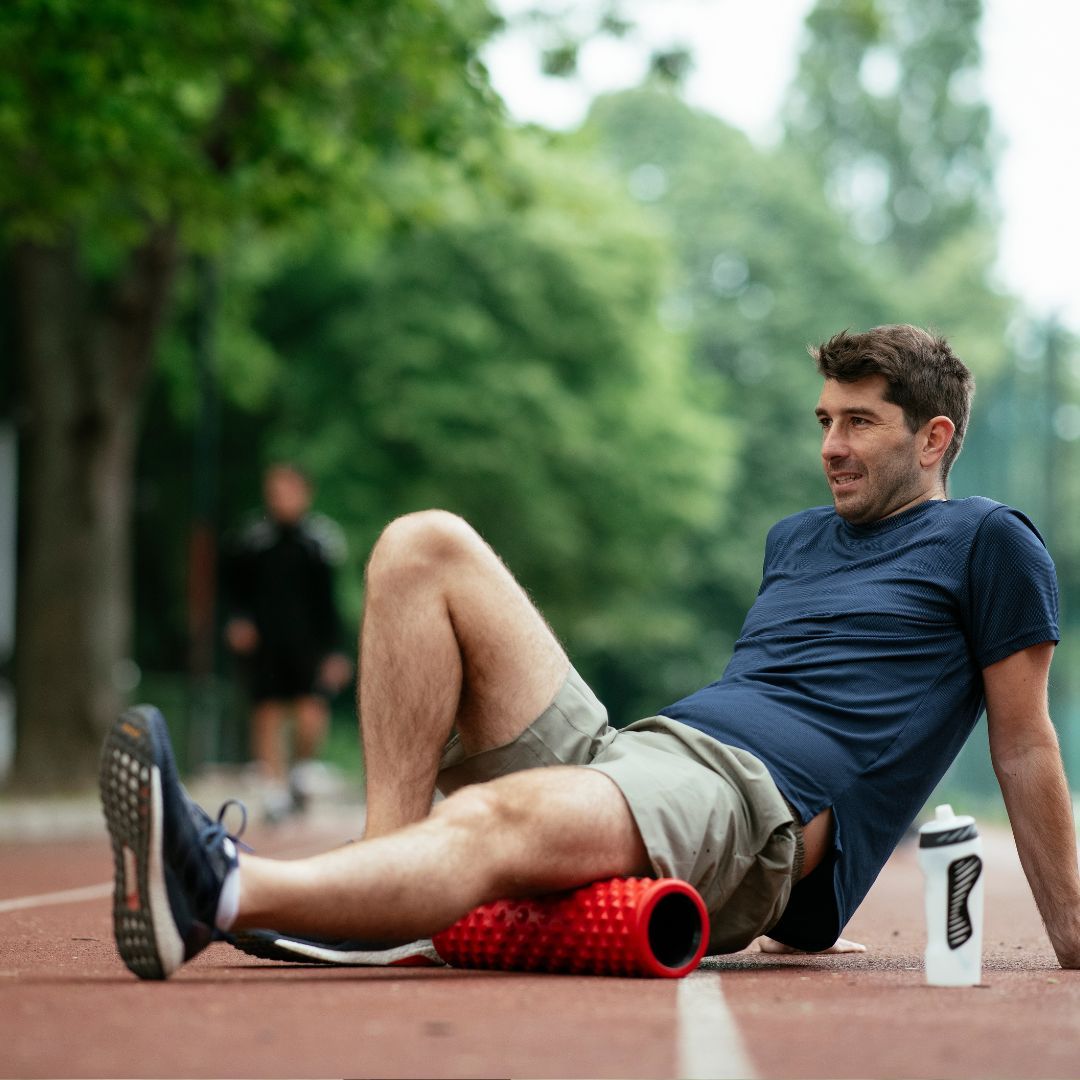The Two Types Of Training Activities | Aerobic VS Anaerobic Training
What's the difference?

Most people that I talk to about running are confused as to what type of training they should go for.
They ask me things like, "Which is best, endurance work or intervals?"
When I hear this, I'm always tempted to give the same answer that my high school track coach gave me: "It depends."
The best way to find out what type of training is right for you is to understand the different types of workouts, and how they affect the body and then, relate this to your goals.
With a little experimentation and mixing things up, you will easily find the thing that suits you best!
Now without further ado, let’s have a look at the two main types of training activities - Aerobic & Anaerobic training.
What Is Aerobic Training?
Ever wondered what people mean when they talk about "aerobic training"?
The term ‘aerobic’ is derived from two Greek words - Aeros & Bios, meaning “air” and “life” which is to say that aerobic activities require oxygen, in order to be sustained.
In short, it refers to any activity that gets your heart and breathing rate up and keeps them there for an extended period of time (for instance a long run, or even an easy run!).
Unlike anaerobic exercise, which is short and intense, aerobic activity is relatively low-intensity and can be sustained for long periods of time.
Popular examples of aerobic exercise include running, cycling and swimming.
Generally, aerobic exercise forms the basis of your training routine, increasing endurance and stamina. This is another reason why it is important to run easy on your easy days!
What Is Anaerobic Training?
Picture yourself working out. You're huffing and puffing, your heart is racing, and you feel like you can't go on after a mere 10 seconds of activity.
But you push yourself to continue and squeeze out another 10-15 seconds. What's going on inside your body during this intense exercise? Most likely, you're engaged in anaerobic training.
Anaerobic training is a type of exercise that uses the energy stored in your muscles without the use of oxygen.
As you learned, ‘aerobic’ means ‘requires oxygen,’ and well, anaerobic is the exact same thing but with the prefix “an” which means “without” in Greek, therefore, it doesn’t require oxygen and is the polar opposite of aerobic training.
Two great examples of anaerobic activities are sprinting and weight lifting.
When you engage in such activities, your body demands instant energy to fuel and sustain them.
As a result, the body turns to anaerobic metabolism to meet its energy needs, where ATP, creatine, and muscle glycogen (stored carbs) are used.
Anaerobic training has many benefits - It can help you build muscle mass and strength, improve your cardiovascular health, and increase your speed and endurance.
However, it's important to note that anaerobic exercise should only be performed in short bursts.
If you engage in anaerobic activity for too long, you'll start to feel fatigued and your performance will suffer. Also, there can be too much of a good thing! Too much anaerobic work will see your performance suffer.
They Are… Different!
Aerobic and anaerobic training are two very different types of exercise, and there is no one type that is better than the other.
Instead, it is important for runners to do both types of training.
Aerobic training is necessary to build a strong base so that you can perform the anaerobic work safely whilst anaerobic training is important to have the ability to run with speed.
Both types of training have their own benefits, so it is important to find the right balance for your own fitness goals, but speed work should not be done more than 2-3 times a week for most runners.










